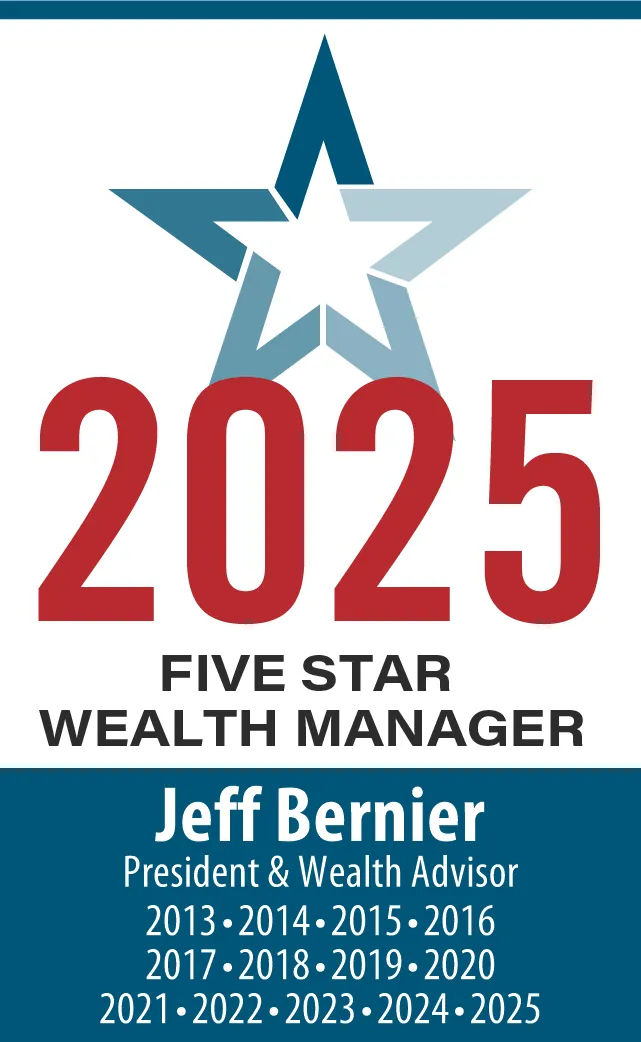
While May 1st may seem like any other day to most people, high school seniors and their families know it as National Decision Day. May 1st is the deadline for graduating seniors to commit to the college or university of their choosing. Students and families can finally put the stress of the application process behind them and focus on the exciting new transition to higher education learning. And with that transition comes a whole new set of considerations and stress. Buying needed items for dorms, coordinating the move-in process, finalizing financial aid packages, etc. – so much to do before the fall semester starts! As families prepare for the start of college, paying for these many expenses as well as tuition, room and board can be overwhelming. This article reviews all the ways a 529 plan may be used.
As part of TandemGrowth’s holistic wealth management process, your advisor will work with you to develop a plan to reflect your family’s philosophy about the type and funding of college for children and grandchildren. Using vetted research sources, we project the total cost of higher education and assess the sufficiency of your current resources. We advise on alternate approaches or adjust your goals to close any gaps. Through our collaboration, a recommended funding goal will be established. We then evaluate various alternatives that may be appropriate in funding your objectives. We may recommend 529 college savings accounts, education IRAs, UTMA taxable accounts, trust or other strategies, based on what matters most to your family. The biggest challenge for students and parents when planning for education are the financial costs; including tuition and academic expenses. It’s not just for college anymore – added to the tuition eligibility are K-12, private and religious schools. Funds can be used for four and two year colleges, trade schools, graduate programs and some international institutions.
Section 529 of the IRS Tax Code authorized this tax advantage savings plan to help with the costs of education. 529 distributions are subject to guidelines for financial aid eligibility, state and learning institution limitations. Good news, distributions are not taxed at the federal level, but you do need to understand the rules for qualifying expenses. You are required to report all 529 spending to the IRS – so it’s important to keep good records and separate qualified and nonqualified receipts.
Here’s a list of 529 qualified educational expenses:
Educational Planning
Education at all levels is important, and planning is essential for achieving this challenge successfully. To take advantage of the 529 distribution, you need to submit your request for the cash during the same calendar year.
- College or graduate tuition and fees. Post-secondary (after high school) are eligible to participate in the federal student aid program administered by the U.S Department of Education and qualify for use of 529 funds.
- Vocational and trade school tuition and fees. Culinary students can draw from the 529 account to pay expenses related to culinary institute courses. The institution must participate in the U.S Department of Education for federal student aid.
- K-12 schools, public, private, and religious institutions can now use 529 plan distributions up to $10,000 per student for tuition.
Housing and Supplies
Sit down with family members and the future student to create a withdrawal plan that works for the student’s needs, the school’s curriculum and the program’s eligibility. It helps everyone to understand how best to use the 529 distributions while establishing a manageable budget for qualified and nonqualified purchases.
- Campus housing can be paid through 529 distributions including college room and board fees. Off-campus housing rentals qualify up to the same cost of the room and board on campus.
- Books and supplies include paper, pens, textbooks required by the specific course ae qualified expenses. Schools set the budget limit for books and supplies. You need to check with the school of attendance for the allowable amount each academic year.
- Special needs equipment and services qualify for 529 distribution. Students using equipment for mobility (wheelchairs) may be eligible for 529 distribution purchases. Depending on the circumstances transportation may also apply.
Technology
The advent of technology has introduced changes to learning methods and academic practices. Computers and some electronics have been added to the list of qualified education expenses as part of the 529 distributions. They must be required as part of the students’ study programs. Students need to check with the school about class or course prerequisites that include computers.
- Computers must be used primarily by the student during any of the years the student is enrolled at the eligible educational institution.
- Software may qualify as a 529 distribution expense. For example, technical engineering or design classes may involve computerized assignments.
- Internet services can be paid using 529 funds.
Check with the school; there may be specialized expenses as students enter college as a freshman. The same applies as they complete the final years of study, preparing to enter the career world.
Keep in mind, each state and school may have different restrictions on using 529 funds. If you are unsure about anything, please feel free to reach out to your TandemGrowth advisor and together we can research. We can also help develop the best strategy for 529 withdrawals. Withdrawals for other reasons other than education could impose a ten percent penalty.
To learn more about 529s, click here for Fidelity’s 9-step guide.
To learn more about TandemGrowth’s approach to College Savings Planning, click here.






